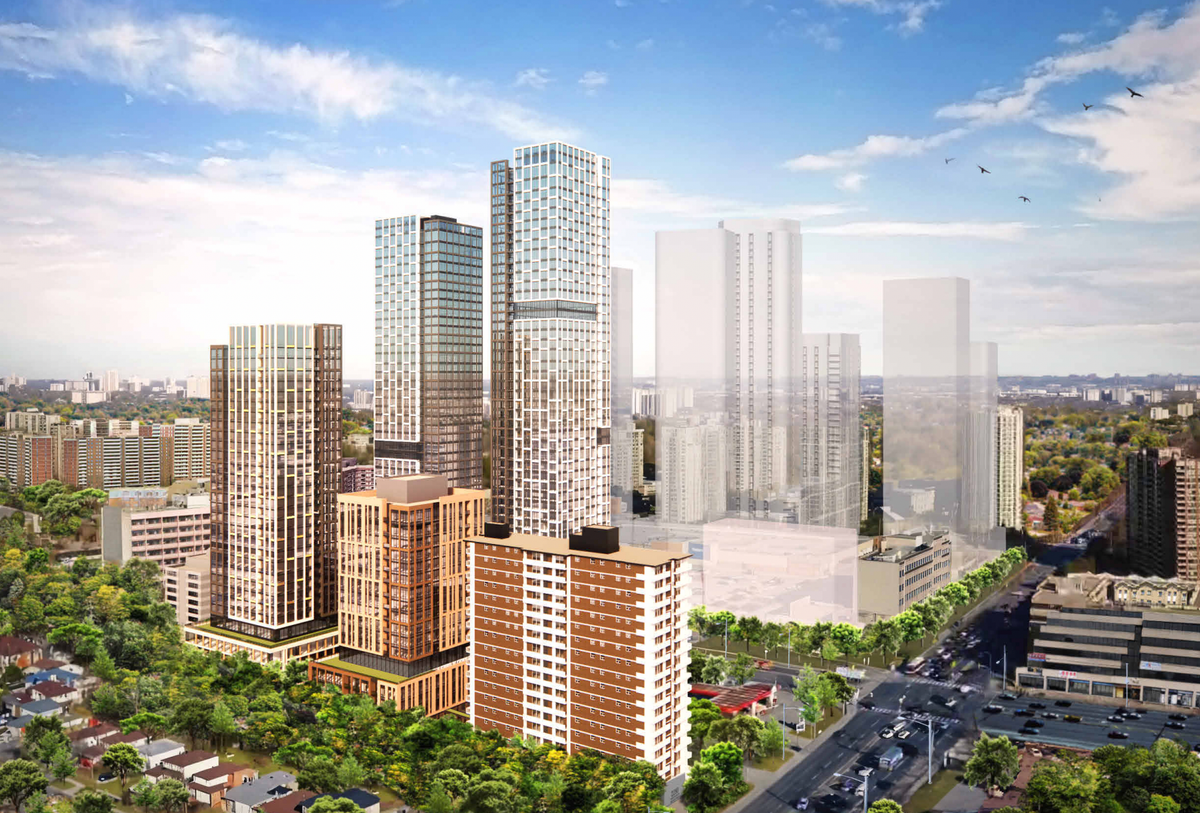There is currently over $5 billion sitting in Greater Toronto Area municipal reserve funds, further eroding housing affordability in the region, according to a new study from the Building Industry and Land Development Association (BILD).
The study, which was conducted on BILD's behalf by Altus Group, entitled New Homeowner Money in the Governmentʹs Bank: How Unspent Municipal Reserves are Impacting Building Livable, Affordable Communities in the GTA, reviews trends in the collection and usage of various government housing charges in the GTA.
Focusing on 16 GTA municipalities, including a mix of upper‐, single‐, and lower‐tier municipalities, the study found over $5 billion in cash reserves currently on hand (as of year-end 2019) collected from taxes on new housing.
The City of Toronto alone accounts for more than half of the region's total, with $2.6 billion in reserves, which includes development charges, parkland cash-in-lieu, and Section 37 cash contributions, by collecting significantly more in fees on new housing and commercial space development than it has spent.
However, despite this, Toronto still looks to increase rates and add even more costs to new housing, says BILD.
READ: Is Ontario Finally Ready to Tackle its Housing Affordability Crisis?
“This is a story of missed opportunity for the City of Toronto, and in fact any city in the GTA that has accumulated large development charge, parkland cash-in-lieu or section 37 charge surpluses,” said Dave Wilkes, BILD's President and CEO.
“Either municipalities should deploy these funds for the purposes they were collected -- more infrastructure, services, affordable housing, and parks -- or they could make a meaningful dent in the housing affordability challenge the region is facing by reducing, or at least capping, charges on new homes. There is a clear opportunity to right-size reserves and in doing so help solve the housing affordability challenge facing the entire region,” Wilkes said.
Between 2013-2019, the observed municipalities saw their combined development charge (DC) reserve fund balances increase by $1.35 billion to $3.25 billion. The City of Toronto was responsible for the majority of the increase in DC reserves, with its DC reserve fund balance rising by a staggering $839 million over the same period. Durham Region and the City of Vaughan also amassed significant DC cash reserves, accounting for $695 million and $482 million, respectively.
Development charges are levied on new homes and commercial spaces to help the municipality pay for growth-related infrastructure and services.

Reserves of cash earmarked for parkland rose nearly 300% during the same period, from $375 million in 2013 to $1.48 billion. Again, the City of Toronto saw the largest increase, up 372% from $815 million in 2013 to $1.03 billion in 2019. Mississauga, Brampton, Vaughan, and Markham also amassed significant Parkland CIL reserves, accounting for $133 million, $98 million, $72 million, and $59 million, respectively.
Meanwhile, Section 37 reserves -- in which contributions are meant to help municipalities provide community infrastructure in areas that are denser than normally allowed -- amounted to $311 million by the end of 2019, with Toronto accounting for $303 million.
“Municipal fees and charges are by far the largest component of the government-imposed taxes and fees that make up 22-24% of the cost of a new home,” said Wilkes.
Wilkes added that, within Toronto alone, it increased to nearly 27% as a result of the city's new inclusionary zoning tax passed earlier this month.
“Overall taxes and other charges applied on new homes in Toronto have risen much faster than property taxes. Development charges have grown by 606% since 2013 while property taxes have only increased by 22%,” continued Wilkes.
BILD is now calling on municipalities across the GTA to invest the funds they have already amassed and use the money to help support the construction of homes the region direly needs for its residents, including the additional four million newcomers slated to arrive in the GTA home in the next 30 years.





















